Earlier today, on the MythTV Users list, contributor Robert McNamara announced that he and Doug Vaughan(who wrote JAMU and the TVDB grabber) are working on a new plugin for MythT called MythNetVision.
MythTV has had Internet video plugins before. MythStream was one of the earliest. We never could quite get it to work consistently, and it hasn’t been rewritten for MythUI, and those won’t work under MythTV 0.22. None of these have ever been included as part of the official MythTV package, which this has the potential to be.
From their description, it would have the following features:
- Easy to Extend with Scripts so New Sites can be added. Adding a site would be as simple as parsing an API or site and formatting each item as an RSS article in the output of the script. Parsing happens in the background as long as the frontend is open to keep information current.
- Support both media which is web-only (by spawning a browser directly to the playback link) and downloadable (by threading off a download and playing in the internal player as soon as enough data is buffered). Also supports external players.
- Like other MythTV plugins, completely themeable.
- Compliant with the Terms of Service of the websites it uses and shipped with a number of popular sites already supported. Scripts would only be distributed that were totally compliant, but other scripts could be added separately, outside of the distribution.
- Two parts: An internet video search and an internet video browser. Plans to include a “tree view” for a site by dumping the video
RSS feeds for the site into a grabber config file (adding Revision3 as a fully browseable site would be as simple as dropping the RSS feeds
in the grabber config). - All existing grabbers return full screen, autoplay results when they are available and the API allows. When not possible, the best possible result is played.
- Downloadable media will be integrated into recordings.
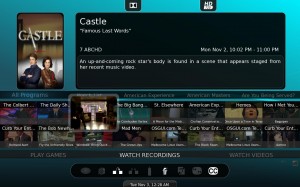
There is a screencast video that can be viewed here. They hope to release by MythTV 0.23, but possibly sooner.
McNamara used the following sites as Examples of sites that should be very easily (and legally) implemented: Comedy Central, The Escapist Magazine, Revision3, Recent Apple Movie Trailers, BBC iPlayer. They’ve already included Youtube, Vimeo, Blip.tv, MTV Video, and TMDB Trailers.
All of them are very interesting. The Escapist just recently unveiled its app in Boxee at the Boxee Beta unveil, for example.
Speaking of Boxee…it has shifted its focus from media stored on a local drive to online content. MythTV has to do the same. It is a DVR software, and should remain so. But with more and more online content becoming available, it needs to address it, and offer ways for that content to become a part of the interface.
MythNetVideo’s design seems to accommodate for that. It launches external programs, or imports video, whichever it can. MythTV doens’t need to be all-encompassing, it can hand off control to other programs. But having that option allows it to be easily extensible, and that is what it needs.


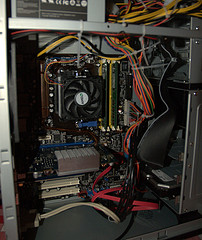




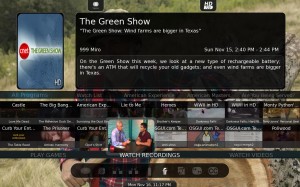

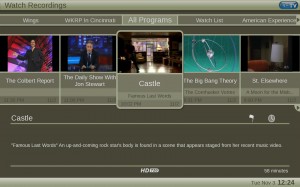

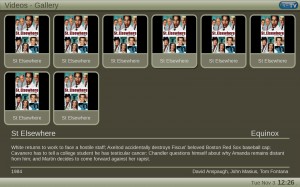

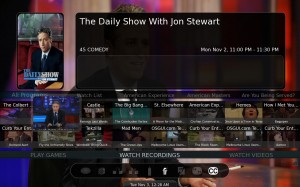
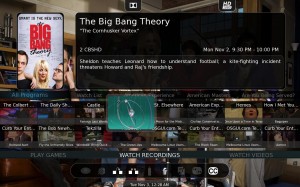
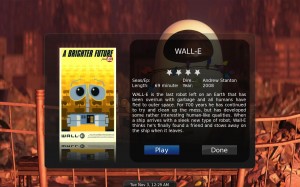
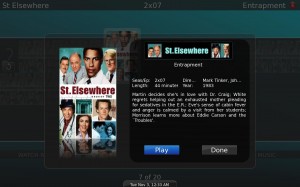
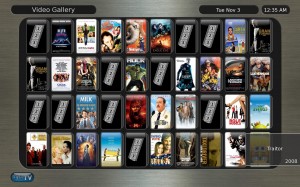


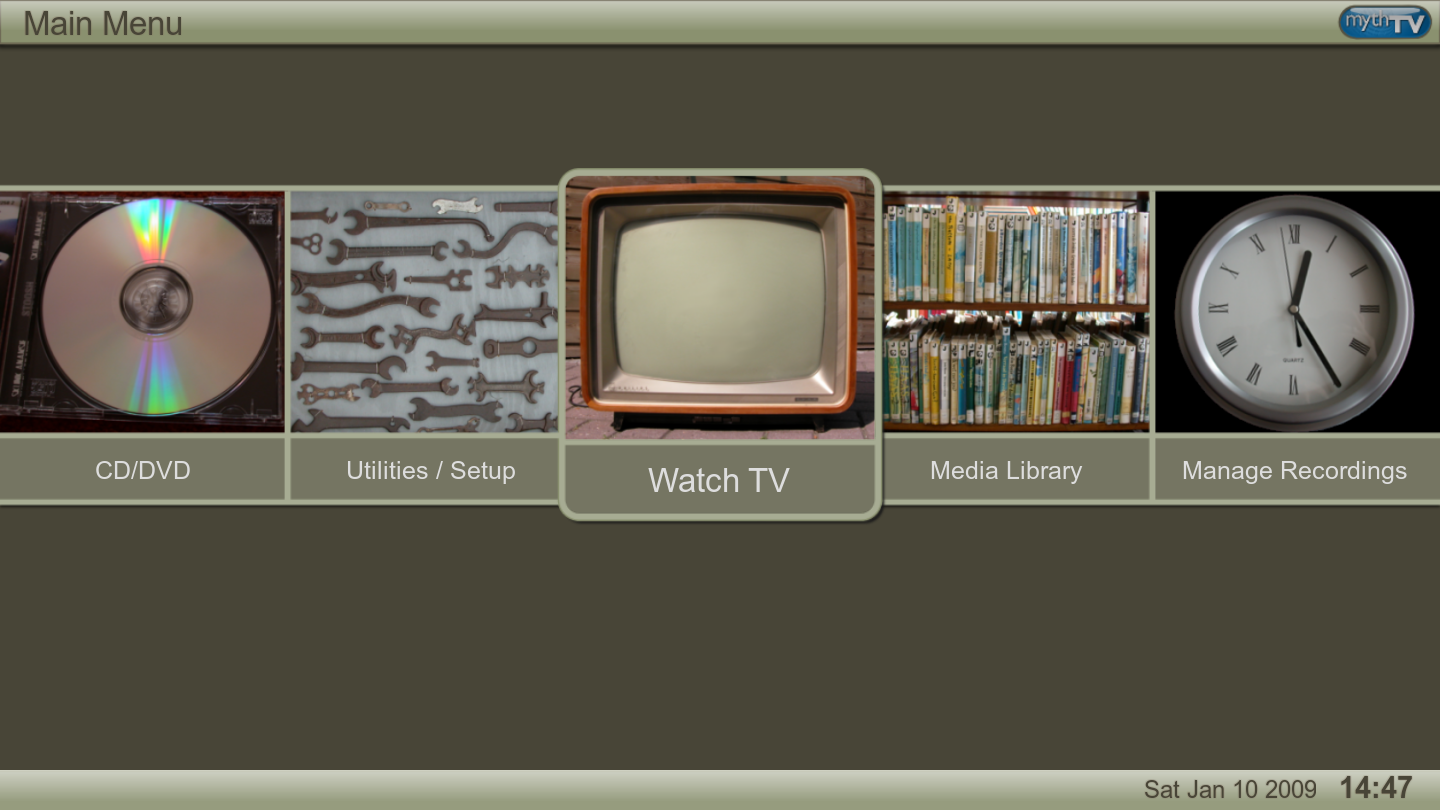


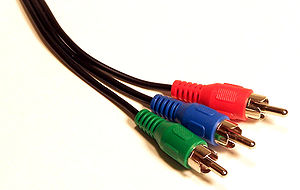




![Reblog this post [with Zemanta]](http://img.zemanta.com/reblog_c.png?x-id=11590cc0-d375-4d61-adb2-7d299a9739ea)